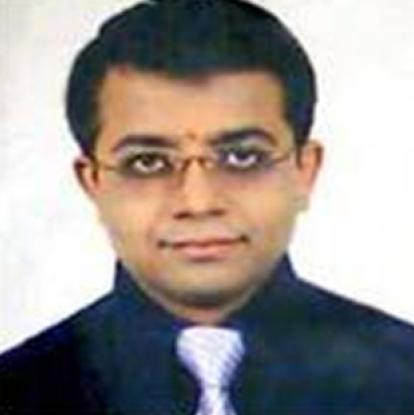Five “Ds” of plastic surgery
Although there are a variety of definitions that describe plastic surgery, confusion persists in the minds of both the lay public and doctors. A common lay misconception is that actual pieces of plastic are used to repair injured tissues or placed over defects to make them appear better. On the other hand, resident doctors from specialities such as ear-nose-throat and general surgery fail to appreciate the vast scope that plastic surgery specialty entails. In recognition of this, trainee plastic surgeons are often asked to briefly define our specialty in their final exams, so that subsequent misconceptions are minimized.
Plastic surgery is a specialised branch of surgery that is primarily concerned with deformities of the integument and underlying musculoskeletal system.[1] It is a surgical specialty involving the restoration, reconstruction, or alteration of the human body and includes cosmetic or aesthetic surgery, reconstructive surgery, craniofacial surgery, hand surgery, microsurgery, and the treatment of burns.[2] The term “plastic” is derived from the Greek word plasticos that means “mouldable”.[3]
From a practical perspective, it is imperative that every practising plastic surgeon has a clear reconstructive plan for every case that is salient and easily recalled. To this end, we have distilled this into five categories represented by the following five “Ds”:
1. Defect - Loss or breach in tissue continuity;
2. Deformity - Alteration in shape and contour;
3. Dysfunction - Abnormality and impairment of a bodily organ or system;
4. Disability - Impairment, limitation of activity and participation;
5. Disfigurement - An aesthetically unacceptable surface abnormality that overlies normal contour.
Any plastic surgery condition can be placed into one of categories above and managed accordingly. This five “Ds” concept brings the key elements of the vast specialty of plastic surgery into focus. It is our hope that it will make it easier to understand the problems and their solutions more effectively.
Financial support and sponsorship
None.
Conflicts of interest
There are no conflicts of interest.
Patient consent
Not appliable.
Ethics approval
Not appliable.
REFERENCES
1. Converse JM. Introduction to Plastic Surgery. In: Converse JM, editor. Plastic Surgery. Philadelphia: WB Saunders; 1977. p. 1.
2. McCarthy JG. Introduction to Plastic Surgery. In: McCarthy JG, editor. Plastic Surgery. Philadelphia: WB Saunders; 1990. pp. 20-2.
3. Mazzola RF, Mazzola IC. History of reconstructive and aesthetic surgery. In: Neligan PC, Gurtner GC, editors. Plastic Surgery. 3rd ed. London: Elsevier; 2013. pp. 11-29.
Cite This Article
Export citation file: BibTeX | RIS
OAE Style
Babu P, Chittoria RK, Kumar SH, Marimuthu SK, Subbarayan EK, Reddy KS, Chavan V, Mohapatra DP, Friji MT, Sivakumar DK. Five “Ds” of plastic surgery. Plast Aesthet Res 2017;4:13-4. http://dx.doi.org/10.20517/2347-9264.2016.104
AMA Style
Babu P, Chittoria RK, Kumar SH, Marimuthu SK, Subbarayan EK, Reddy KS, Chavan V, Mohapatra DP, Friji MT, Sivakumar DK. Five “Ds” of plastic surgery. Plastic and Aesthetic Research. 2017; 4: 13-4. http://dx.doi.org/10.20517/2347-9264.2016.104
Chicago/Turabian Style
Babu, Preethitha, Ravi Kumar Chittoria, Sudhanva Hemanth Kumar, Senthil Kumaran Marimuthu, Elan Kumar Subbarayan, Konda Sireesha Reddy, Vinayak Chavan, Devi Prasad Mohapatra, Meethale Thiruvoth Friji, Dinesh Kumar Sivakumar. 2017. "Five “Ds” of plastic surgery" Plastic and Aesthetic Research. 4: 13-4. http://dx.doi.org/10.20517/2347-9264.2016.104
ACS Style
Babu, P.; Chittoria RK.; Kumar SH.; Marimuthu SK.; Subbarayan EK.; Reddy KS.; Chavan V.; Mohapatra DP.; Friji MT.; Sivakumar DK. Five “Ds” of plastic surgery. Plast. Aesthet. Res. 2017, 4, 13-4. http://dx.doi.org/10.20517/2347-9264.2016.104
About This Article
Copyright
Author Biographies

Data & Comments
Data

 Cite This Article 0 clicks
Cite This Article 0 clicks










Comments
Comments must be written in English. Spam, offensive content, impersonation, and private information will not be permitted. If any comment is reported and identified as inappropriate content by OAE staff, the comment will be removed without notice. If you have any queries or need any help, please contact us at support@oaepublish.com.